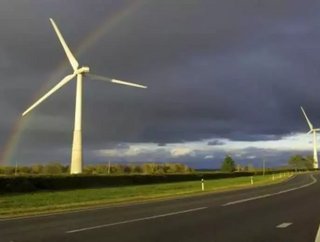Second Wind: Backup power for remote wind sensors

Second Wind, a wind measurement technology business, has developed a backup energy source solution to power its Triton® Sonic Wind Profilers when the weather is cloudy or the sunlight is not strong enough to drive the built-in solar panels.
By utilizing fuel cells powered by methanol, the backup system is both reliable and cost effective. The solution has been worked on in collaboration with Sirius Integrator, the alternative energy solutions partner. When the methanol-powered fuel cells combine with Triton’s low power requirements and its primary energy system, onboard batteries recharged by solar panels, units located in remote areas have the capacity to operate for 60 days or more with little to no solar charging. The backup system has been designed to automatically start up during periods of low sunlight and then shut off when the solar power starts up. Triton can continue to collect wind data without interruption.
"Providing green highly reliable power for remote instrumentation, such as the Triton, is the focus of our business," stated John Merlino, president of Sirius Integrator. "Second Wind's Triton system is a perfect application for a low-power direct methanol fuel cell."
Triton is used by wind energy companies for the study of wind conditions at particular wind farm locations. Triton offers detailed, advanced information about the wind at the wind farm site, to aid with the streamlining of project operations, development and financing. Triton can be monitored remotely in near real time through the web network, SkyServe®. The Triton units are portable and can be set up for a year in remote locations that are off-electrical-grids, such as northern and southern latitudes with little daylight hours and continuous cloudy days.
"There is a lot of money riding on every decision to site a wind project. Poor siting can cost a wind turbine up to 10 percent of its potential annual output," stated Walter Sass, chief technology officer and one of Second Wind's founders. "Our customers count on Triton to provide a comprehensive seasonal wind profile, which means no breaks in the data stream. Through our partnership with Sirius Integrator, we've been able to add another layer of backup to keep Triton units collecting data even at sites with minimal sunlight during winter's shortest days."






